Honor 7A Review
Honor 7A Review
A rival to the Moto G6?
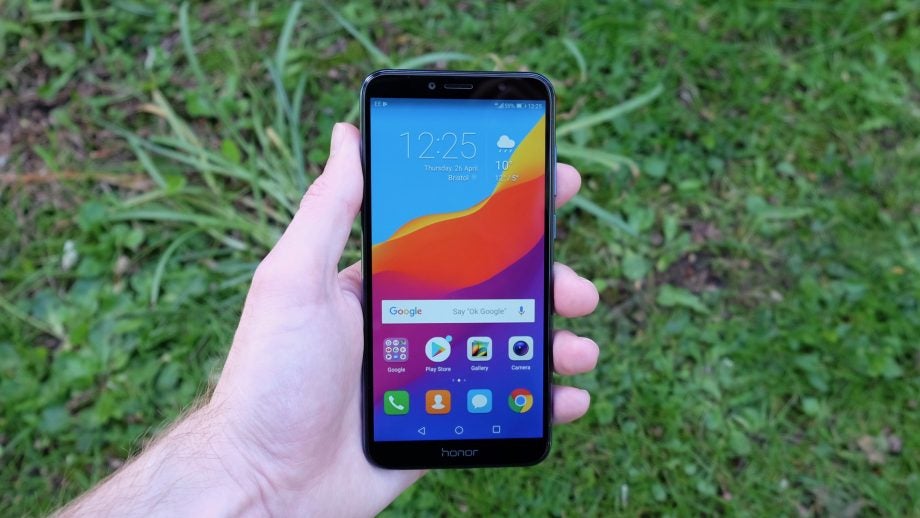
Verdict
Pros
- Cheap price
- High screen-to-body ratio
- Camera capable of decent shots
Cons
- EMUI continues to undersell Android
- All-plastic build
- Performance issues
Key Specifications
- Review Price: £139.99
- 5.7-inch FullView 18:9 LCD screen
- Snapdragon 430 CPU
- 2GB of RAM
- 3000mAh battery
What is the Honor 7A?
If you thought Huawei’s online sub-brand, Honor, was ready for a budget phone breather after the Honor 7X and the Honor 9 Lite, you’d be wrong. The Honor 7A is here as a direct replacement for last year’s Honor 6A.
Like its predecessor, the Honor 7A is on a slightly different budget scale to those other Honor phones. At just £139, it undercuts the Honor 9 Lite by around £60.
Indeed, with Motorola bravely bumping the Moto G range up well past the £200 mark with the Moto G6, it’s all to play for in the £150-ish category.
The question is: can Honor provide the right level of performance and balance of features to stand out at this ultra-competitive price point?
Editor’s Note: Due to the recent retraction of Huawei’s Android license, future Huawei and Honor phones won’t be able to access Google Play Services and as a result many Android apps including YouTube and Gmail. Both Huawei and Google have confirmed Huawei and Honor phones, like the one in this review, will continue to have access for this time being. Until we know more about the situation we’re leaving the scores on all our Huawei reviews, however as the situation changes we’ll revisit this.
Honor 7A – Design
While Honor hasn’t exactly taken the all-screen approach with the Honor 7A, it’s certainly a lot more screen-heavy than most budget phones.
In particular, the phone’s forehead and chin appear to have reduced considerably from the Honor 6A days.
As a result, the Honor 7A is pleasantly manageable, despite its 5.7-inch display. Of course, that’s also down to a familiar trick that most smartphone manufacturers are turning to these days – making the screen taller. This means that you can still hold the 73mm-wide Honor 7A comfortably in one hand. If you have fairly long and flexible fingers, you’ll be able to reach across to the opposite side of the screen with your thumb.
Related: Best budget phones
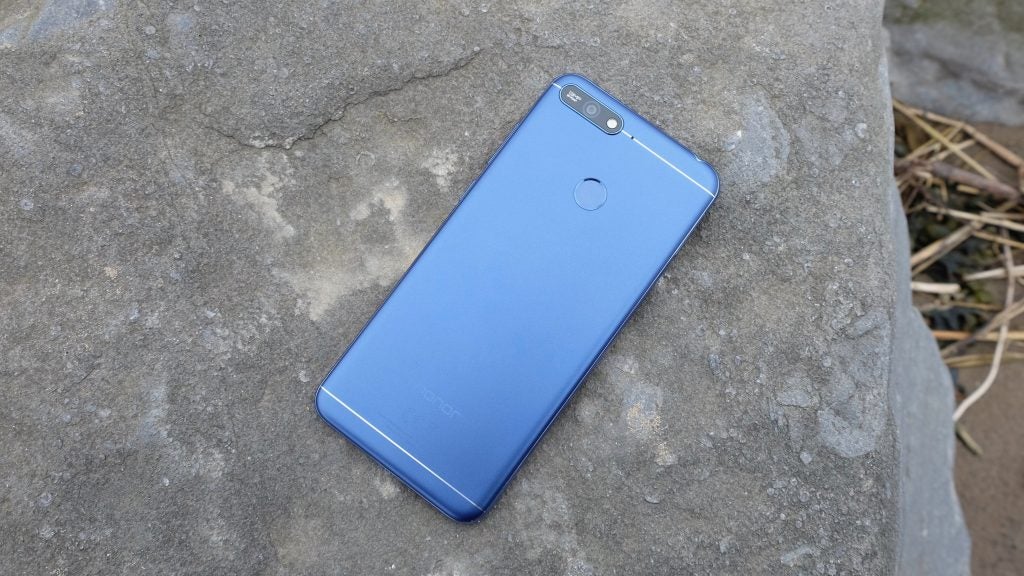
After the Honor 6A experimented with a metal back plate, the Honor 7A regresses to an all-plastic affair. This isn’t necessarily a bad thing, but it does mean that the phone lacks that premium touch.
Despite this omission, Honor has still gone for two different textures for the back and sides of the phone. While the rear plate has a matte finish, the rounded outer rim has a slightly chintzy shiny plastic look. Suffice to say, the matte plastic is a much better look.
While the Honor 7A’s rear panel might have lost its metal, it’s gained something far more valuable – a fingerprint sensor. This was a major omission from the Honor 6A, so it’s good to see it here. It’s not the fastest or most reliable example we’ve used, but it’s good enough.
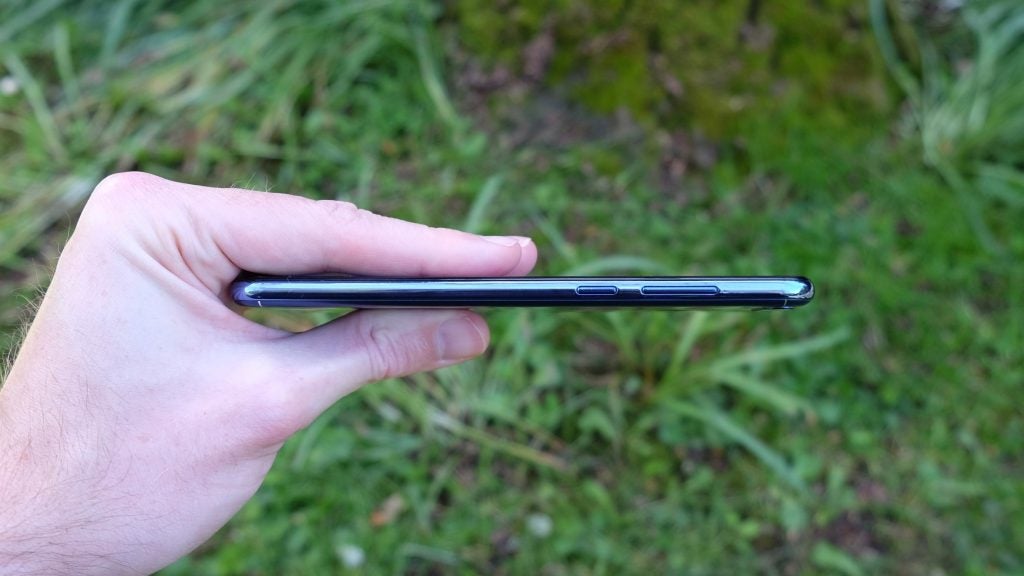
You don’t get USB-C here, so you’ll need to rely on the clunky old Micro USB standard for your charging needs. Still, at least you get a 3.5mm headphone jack, which is here situated on the top edge of the phone.
Honor 7A – Screen
Honor appears to have super-sized the display of the Honor 7A to 5.7 inches, but only really in one direction. It has the kind of lengthened 18:9 ‘FullView’ aspect ratio that flagship phones adopted some time ago.
While this opens the door for an improved cinematic experience, it’s somewhat undone by a disappointing 1440 x 720 resolution. That’s essentially 720p, but with extra pixels to cover the wider aspect ratio.
Yes, this is a £140 phone. But we’ve seen plenty of similarly affordable phones with 1080p displays in recent times. The Moto G4 went Full HD in 2016, for example.
The result is that the Honor 7A display underwhelms even with our expectations suitably lowered. Navigating through the phone’s home screens and menus is fine, but reviewing pictures, browsing the web, watching videos and playing games reveals the limitations of such a pixel-sparse screen.
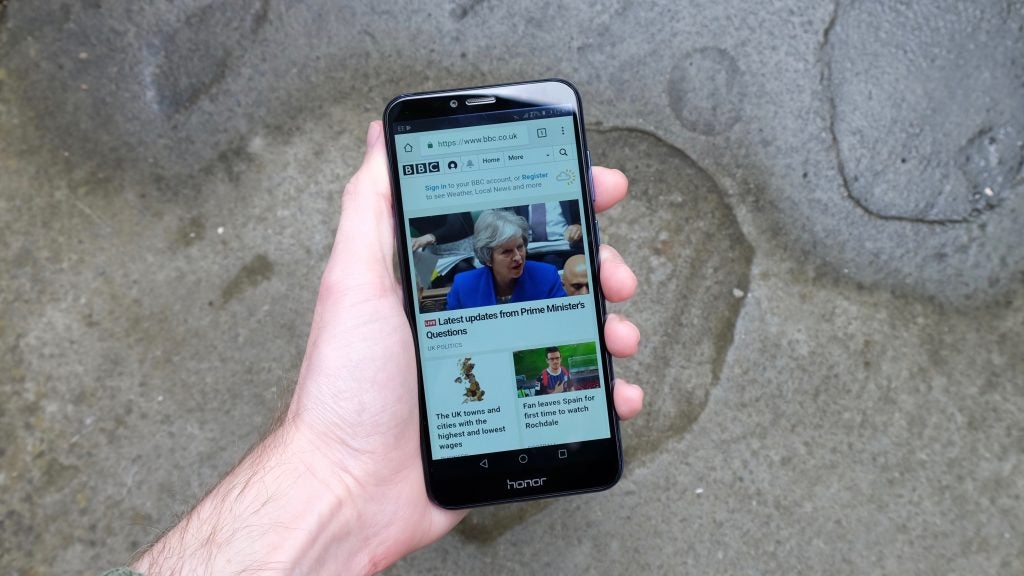
Colour accuracy is fine, and Huawei’s Colour mode setting enables you to adjust the warmth of the screen’s output to suit your personal tastes. It doesn’t get particularly bright, mind you. Even cranked up to full it’s quite usable indoors, which of course means that it’s pretty dim when viewed outside in the daylight.
Honor 7A – Performance
There’s more Honor 7A disappointment on the performance front. The brand has stuck with the exact same Snapdragon 430 CPU that powered the Honor 6A. This was a decidedly low-end chip when we used it in last year’s model, and it certainly hasn’t sped up since.
Perhaps even more problematically, Honor decided to keep the same inadequate 2GB of RAM as before. We always say that this should be the bare minimum, and that Android really needs 3GB of RAM to run smoothly and consistently. The Moto G5S uses the same processor as the Honor 7A, but having 3GB of RAM enables it to run reasonably smoothly.
With the Honor 7A, everything ticks along fairly well when nothing much is going on. Start downloading a large game or updating multiple apps in the background, however, and your present task can start to suffer. I had several instances where I thought that the phone had crashed on me, but it seems as if a sizeable game download combined with a few background processes is enough to bring the Honor 7A temporarily to its knees.
Elsewhere, single tasks such as waking the phone directly with its fingerprint sensor prompts an irritating pause, and the camera app takes way too long to boot up. We’re talking whole seconds in some instances.
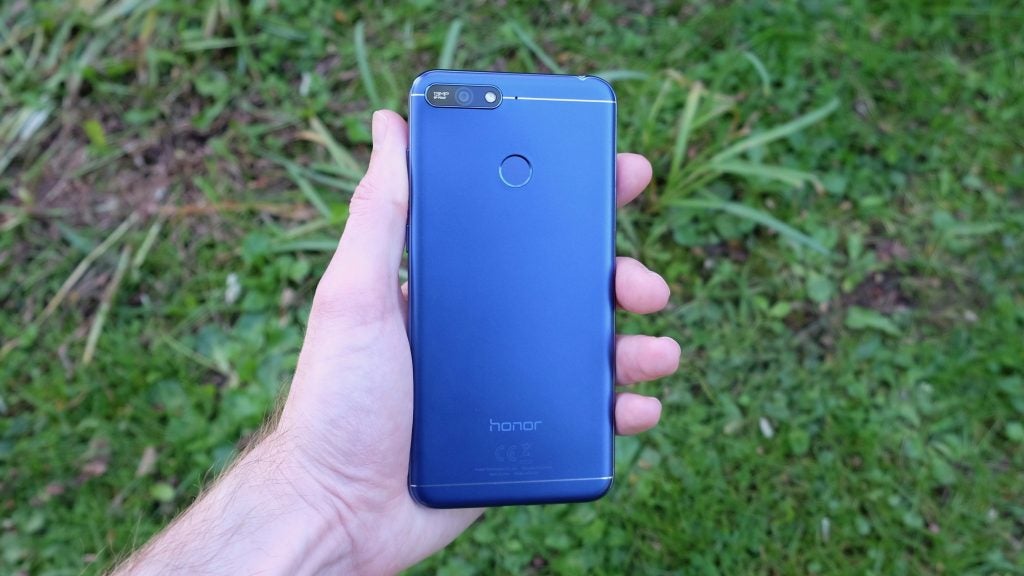
A modest Geekbench 4 multi-core score of just 2835 is fairly unsurprising, then. By way of a comparison, the Huawei 9 Lite with its lower-mid-range Kirin 659 CPU scored 3644. Perhaps more surprising is the fact that the Honor 7A outstrips the Moto G5S on 2294, though that phone uses the same Snapdragon 430 CPU to drive a Full HD display.
Suffice to say, this isn’t the phone to go for if you’re an avid gamer. Playing recent smash hit PUBG Mobile on the Honor 7A was a consistently stuttery experience, despite it loading in Low detail mode by default. The less demanding Guns of Boom runs better, albeit after a sluggish start to each round.
Simpler fare like Super Mario Run, Angry Birds 2, and Alto’s Adventure will run just fine for you though. It’s worth noting that all of these games fill out that 18:9 display nicely, too.
Also worthy of note is the Honor 7A’s limited storage. 16GB really isn’t a lot these days, even on a budget phone. Fortunately there’s the potential for expansion through a 3-in–1 microSD slot, which also finds space for two SIM slots.
Honor 7A – Software
Like the Honor 9 Lite before it, the Honor 7A runs on a combination of Android 8.0 and Huawei’s EMUI 8.0 overlay. This is mixed news.
While Android 8.0 is almost the latest version of Google’s OS (give or take a 0.1), EMUI continues to be a less than perfect accompaniment.
Huawei’s approach to UI design is to smoosh together a little bit of iOS with a little bit of Android, but it doesn’t do so with any great style or pizzazz.
Just like iOS and unlike regular Android, there’s no app drawer here by default. All of your apps are present on the homescreen, which places the onus on you to sort them into orderly folders when things get too busy.
You can reinstate this feature through the settings menu however, which speaks to what is arguably EMUI’s biggest attribute – its flexibility. You can tinker with any number of variables if you’re willing to take a deep dive into the settings menus.
I’ve already mentioned the ability to set the display’s colour tone, but you can also do things like adjust the layout of the navigation bar along the bottom, or lock individual apps.
Related: What is Android P?
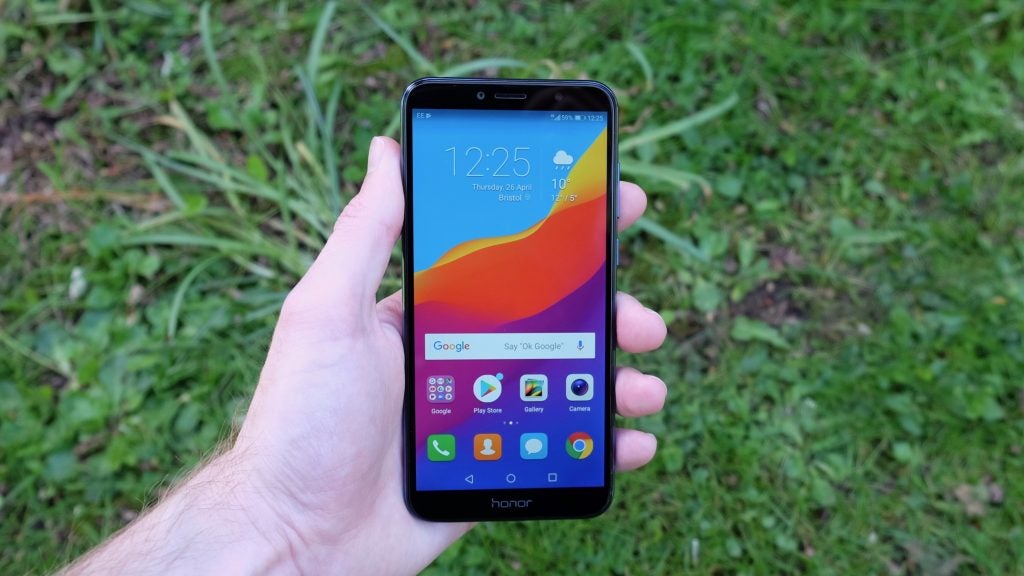
Meanwhile there’s a dedicated Themes app that lets you choose between dozens of custom UI designs, potentially transforming the look of your home screens.
Huawei has also started including a Face unlock system with its latest version of EMUI, and it’s present here. You’ll need to activate it yourself, which is perhaps indicative of the fact that it’s not as secure as Apple’s Face ID. But there’s no doubting that it works consistently after a remarkably quick enrolment process. If you’re keen on strong security, though, you’re best off sticking with the fingerprint sensor.
The curse of bloatware is ever present with Huawei and Honor phones. You have the manufacturer’s usual suite of mediocre calendar, video, music, notepad, gallery and various tool apps, which you’ll doubtless wish to replace immediately. Then there are the preinstalled ‘Top Apps’ and ‘Games’, many of which you’ll doubtless wish to bypass.
Honor 7A – Camera
Huawei and Honor have been notable for offering dual-camera set-ups with some relatively modest phones of late. The Honor 7A, however, gets an orthodox single-lens 13-megapixel unit.
Like the Honor 6A before it, this is a camera that’s capable of taking surprisingly decent shots in good lighting. The best shots I took captured the overall tone of the scene really well, rending deep blue skies and fluffy clouds while picking reasonable detail out of shady foregrounds.
Indeed, while there is an HDR mode – which must be manually selected from a drag-across menu – I struggled to see the difference it made in most side-by-side comparisons.
This is a double-edged sword. On the one hand, the HDR mode isn’t as heavy handed as many budget phones, which often create a bizarre hyper-real filter effect in the process of combining exposures. Conversely, the HDR mode doesn’t really deal with blown-out skies and deep shadows particularly well, making me question what it’s actually contributing.
The Honor 7A’s camera struggles in low light, too, both in terms of locking onto the subject and capturing adequate detail. That’s not unusual at this price point, of course.
Around front there’s an 8-megapixel selfie camera, which is an improvement over the 5-megapixel unit on the Honor 6A. It’s perfectly fine as these things go, though you’ll want to deactivate the horrible beauty mode, which smoothes out your skin to the point of making you look like a mannequin.

The camera can struggles with focus and detail in lower lighting
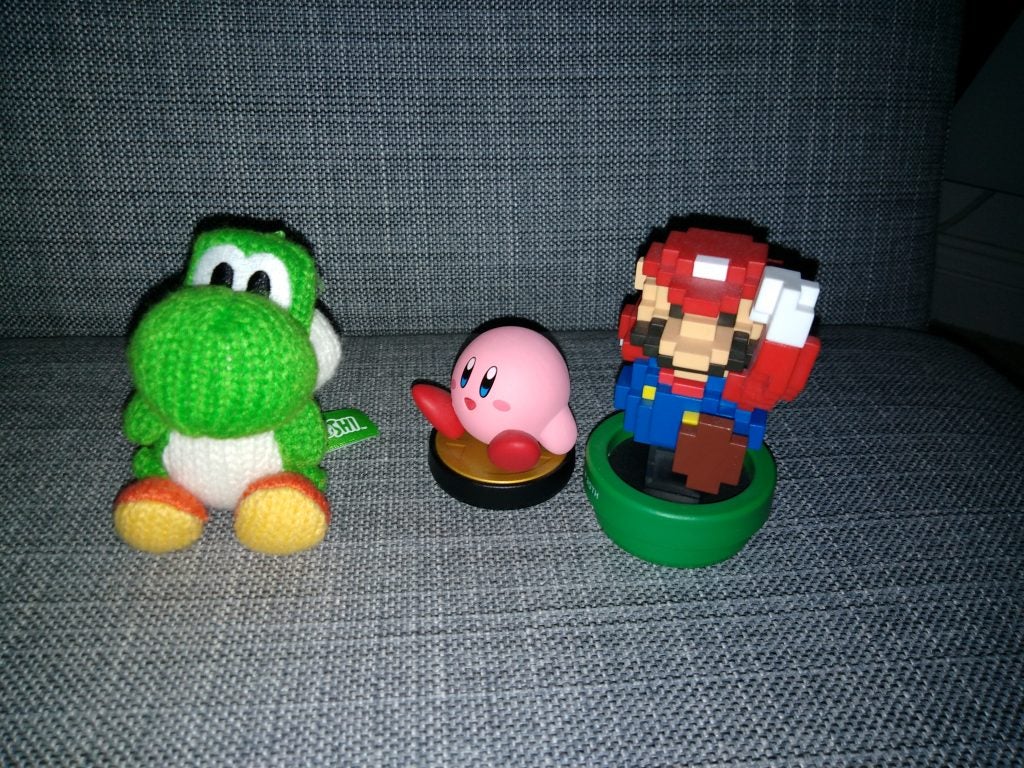
The flash is fine for extreme low-light close-ups

The camera seems to prioritise skies in auto mode

Focus and shutter speed are pretty good

Spot the difference with HDR off…

and HDR on. The effect is arguably too subtle

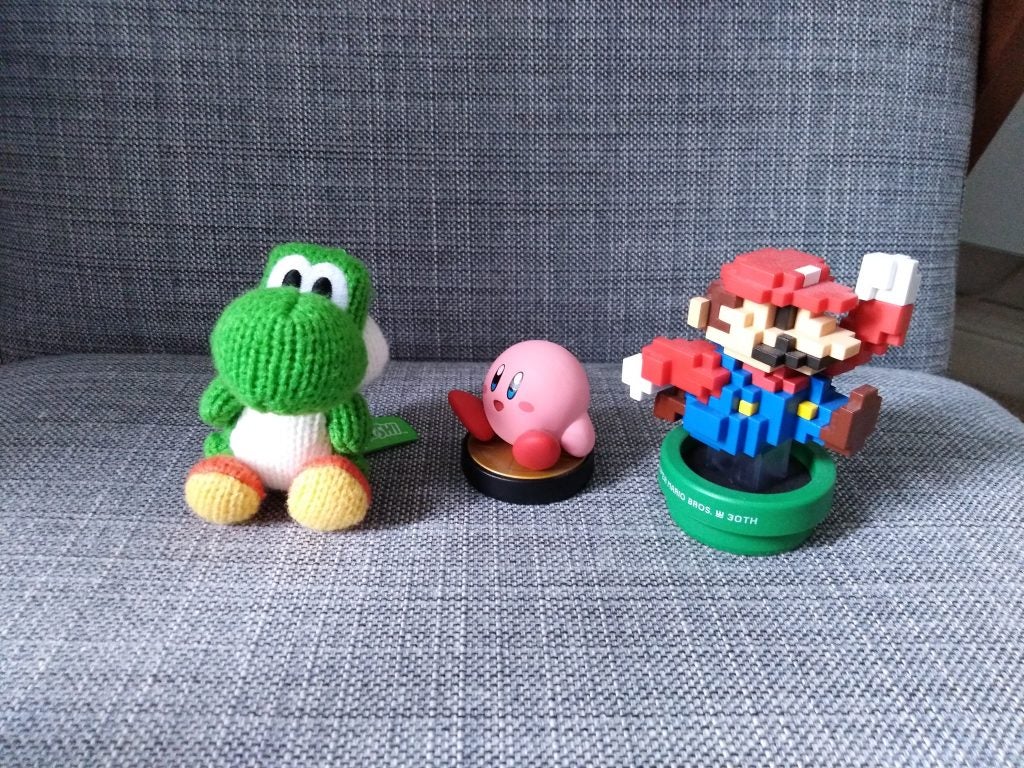
Honor 7A – Battery Life
The Honor 7A packs a 3000mAh battery, which is plenty for a phone with such a modest processor and pixel count. Indeed, it’s the exact same size battery that can be found in the more capable Honor 9 Lite.
Sure enough, playing 15 minutes of Guns of Boom at half screen brightness sapped just 5% of the Honor 7A’s battery, which beats both the Honor 9 Lite (6%) and Honor 7X (9%) before it.
Meanwhile, playing a 51 minute TV show at full screen brightness sapped 12% of the battery. That compares to 14% for the Honor 9 Lite and 13% for the Honor 7X. This may be the runt of the litter, but it’s pretty efficient with the power it does have.
Honor makes the claim that you’ll get a full day of usage out of the Honor 7A even if you’re a heavy user, and I’m inclined to agree – provided that heavy usage doesn’t include too much media consumption.
As we mentioned previously, there’s no USB-C port for charging purposes, nor is there a fast-charging system at play. The latter is a particular shame when you consider that the ageing Moto G5 had just such a feature.
Why buy the Honor 7A?
The Honor 7A is a phone that costs very little, yet provides questionable value. We’ve come to expect even entry-level phones to provide smooth performance, but the Honor 7A experience seems to be full of stutters and glitches.
Elsewhere, a 720p resolution really isn’t much cop in a 5.7-inch 18:9 display. You can get sharper for around the same money.
Ultimately, what you’re getting here is a phone that’s almost identical to its predecessor, the Honor 6A, only with a taller screen, a fingerprint sensor, and an arguably inferior all-plastic build. At the time of writing the 6A is available for £99, and we have to question whether the 7A is £40 better.
When the sub-£200 smartphone category regularly throws up classy designs, smooth performance and 1080p displays, the Honor 7A underwhelms in most of the ways that matter.
Verdict
The Honor 7A simply doesn’t provide enough of an improvement over its predecessor, let alone a credible alternative to its entry-level rivals.
How we test phones
We test every mobile phone we review thoroughly. We use industry standard tests to compare features properly and we use the phone as our main device over the review period. We’ll always tell you what we find and we never, ever, accept money to review a product.
Trusted Score
Score in detail
-
Performance 5
-
Camera 6
-
Design 6
-
Battery Life 7
-
Software 5
-
Calls & Sound 7
-
Screen Quality 6


